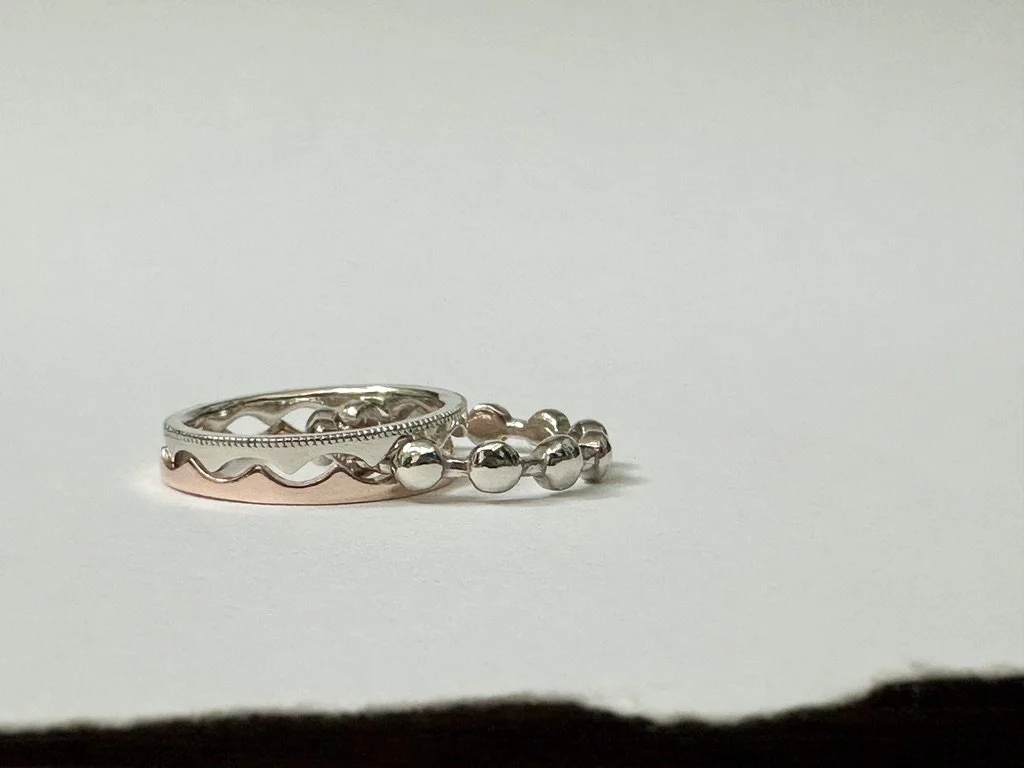Lane Changing Rings
“I didn’t know you were so sentimental,” a friend said after I showed her my new ring and explained the story.
“I’m not,” anxious not to blow my cover as the stoic one. “This is about taking jewelry that has meaning, but that I will never wear and turning it into something that represents this next stage in my life.”
Even my rings are lane-changers!
Until his death seven years ago this week, the wedding bands Jack and I wore symbolized the commitment we’d made to each other when we eloped. I’m guessing elopement is always intimate in ways a planned and public wedding is not — an important secret shared by two people in love. Ours was doubly so because it blended a moment of hope we felt during his cancer treatment with the impulsivity that so characterized Jack, but not me. The fact we chose Friday the 13th was like standing on top of the CN tower and yelling ‘fuck you, cancer and all the bad omens that surround you.’ We couldn’t have been prouder of our relationship and our decision to formalize it as we did. (Want to read more about that day? Check out my blog here.)
Those bands also signalled a significant lane change for me. At age nearly-50, I trusted and loved someone enough to commit. 'In sickness and in health’ and ‘til death do us part' were the sobering bits that day.
Jack’s death just two and a half years later moved me into the widowhood lane. Our rings transformed into the evidence of the nine years we’d spent together. They marked their own stages of grief too. First, they lived side-by-side clinging to each other and to my wedding ring finger, visible to the world. Several months into my widowhood, though, they bounced sometimes together and sometimes apart on a chain around my neck, a talisman just for me. Sometime during COVID, they made another move to a bowl in my bedroom where they sat among other rings and memorabilia. I haven’t needed to wear those simple circles of white gold with their subtle milgrain markings to be reminded of lanes I once occupied — the euphoric newly-in-love lane; the sometimes challenging cohabitation lane; the we’ll-beat-cancer-together lane; and the caregiver lane where I careened around a series of blind corners for three years.
A year ago, I tasked Amanda Schoppel, an artist and jewelry maker who lives near me, with the job of literally transforming those rings into something that would also represent transformation. Amanda took the assignment seriously, wanting to apply her deep artistry and her own relationship to death to create something meaningful for me. I loved her concept from the get-go: three stackable bands that can be worn in many different orientations. The small markings on the ‘crown’ of one quote the milgrain on the original wedding bands. They also refer to the seeds on the strawberry Jack transformed into my engagement ring at his impromptu proposal in our basement in front of friends. Amanda needed to purchase a little more metal for the project and the price of gold was rising. Because she wanted to keep the project costs manageable for me, we held off on the execution. Get to it when it makes sense, I said.
The first stage of her process, and where the skill and artistry lie, is carving the ring from wax. When my mother set the August 3 date for her medically assisted death, I was touched that Amanda felt inspired to carve my ring at the very time Mom was dying. A few days later, I selected a rose gold stick pin from Mom’s jewelry box. I wasn’t even thinking of the ring project until I got it home: why keep yet another pretty thing that had meaning but no purpose? Amanda jumped at my idea to use the rose gold for one of the three bands, representing a new layer to the transformation, that of orphanhood.
Part of my recent transformation has been building up a new friend list. While we started out as artist/client, over time Amanda and I have developed a friendship. She began to value this project even more as I told her stories of my relationship to Jack and the changes in my life since. But it pales in comparison to how I feel: a friend who didn’t know the Celia who occupied any of the former lanes created something I love and that suits the current version of me. This is next level transformation.
I took possession of my wearable art just a few days before last month’s celebration of my mother’s life. I automatically slid it on the wedding ring finger where I marvelled at its design; twirled it; rearranged the bands to see what configurations looked and felt best; and ooohed and ahhhhed like a child with a shiny new toy. Amanda watched like a proud mama, delighting in my delight.
Then I stopped. I looked at it and moved each of the three bands to the ring finger on my right hand. Better, I said.
And it is. This represents a new me, forged from all the previous versions of me. You cannot get to the third, fourth, or fifth lanes without clearing the others first. But I’ve done that work. I’m in this lane now, moving down the highway. And yes, maybe I’m a bit sentimental to want some of Jack and my mother with me.
If you’d like Amanda to reimagine some jewelry that no longer fits with your current lane, check her out at https://www.amandaschoppel.com/transformation-rings/ Can recommend!
Curious about my Lane Changer series? Check out these profiles
Peter Chandler, how it all began for me
Cathy Crowe, her lane is the street
Marissa Bastidas, same lane, new direction
Pam Hudak, living on a multi-lane highway
Jennifer, crossing lanes from Phuket to pup-minderEmma Simpson, from taxiway to writing terminal
Jessica Waraich, changing lanes on the career on-ramp
Michelle Simmons, straddling two lanes in her mid-40s
Sybil Chandler (1928-2025), proud to find life’s off-ramp
Faiv Noelle, solo on a global highway
Karly Wilson, waiting aside life’s highway for the next lane
Marya Williams, when life’s lanes bring you full circle
Carolyn Whitzman, lanes inspired by mother and grandmotherValerie Groves, when the lane is bordered by perennials and pollinatorsElana Harte, Changing lanes on the “Being of Service” HighwayFaren Bogach, the fast lanes of lawyering
Cathy Mann, finding the lane to Nova ScotiaDenese Gascho, finding common ground in different lanesSafiya Randera, lanes that cross land, community, and artChristine Mounsteven, nine decades, still driving forward on life’s highway
When a sector changes lanes: How ONPHA gave me hope Veronika Tursik, in a new lane and behind the wheel for the first time!
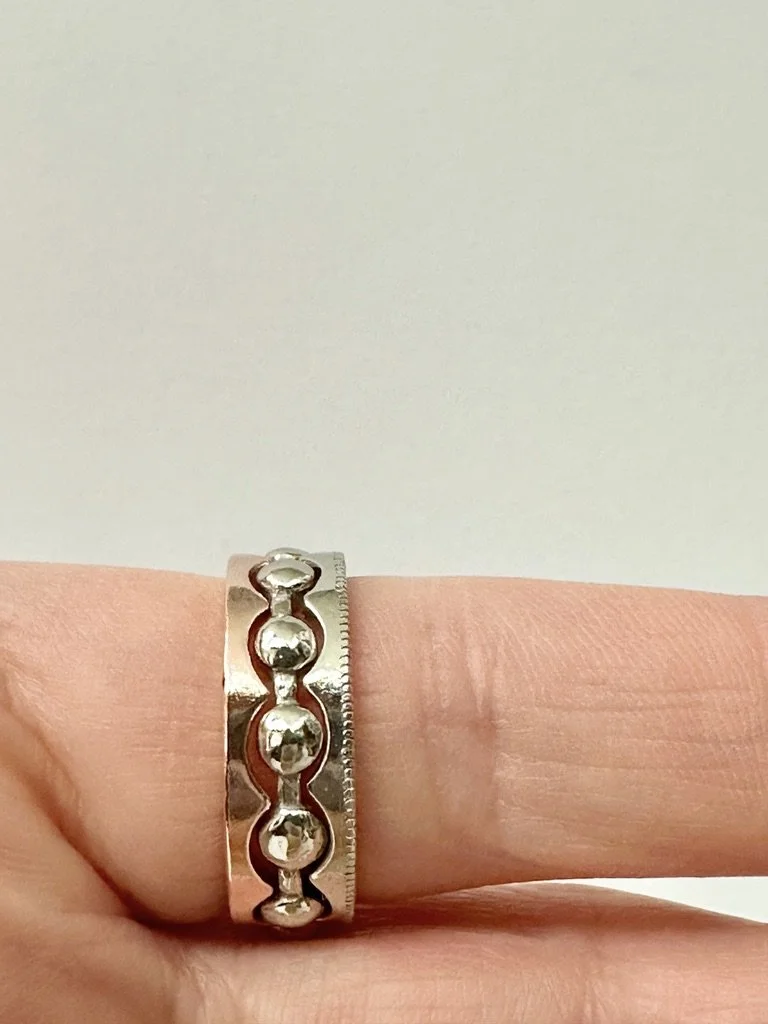
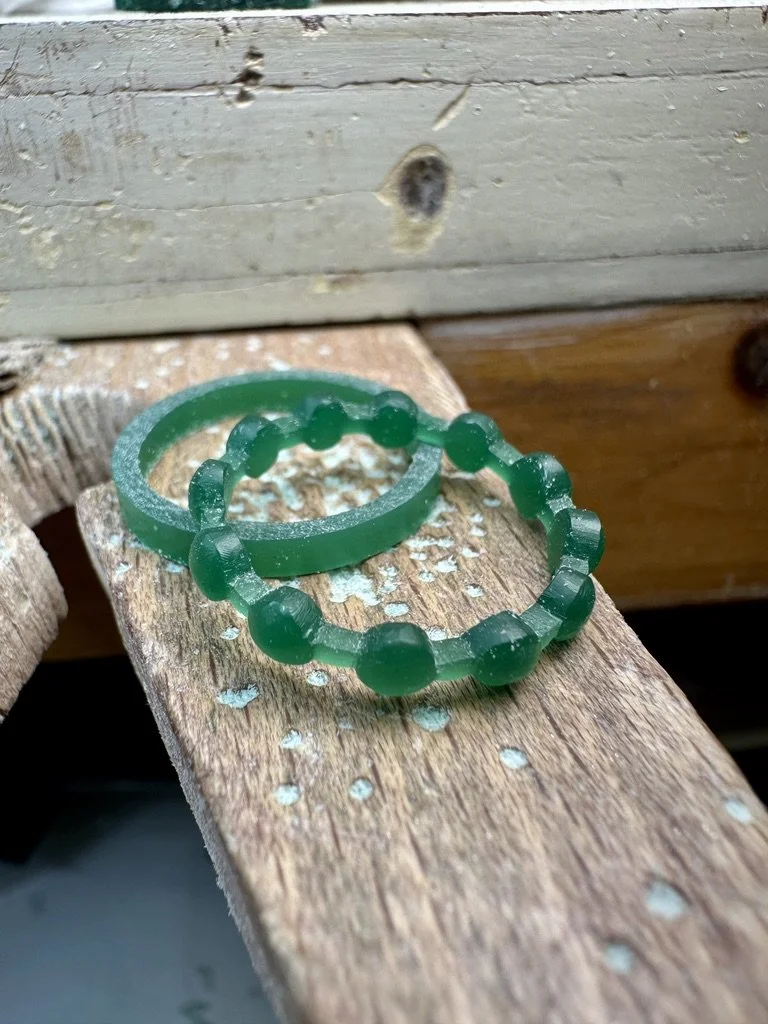
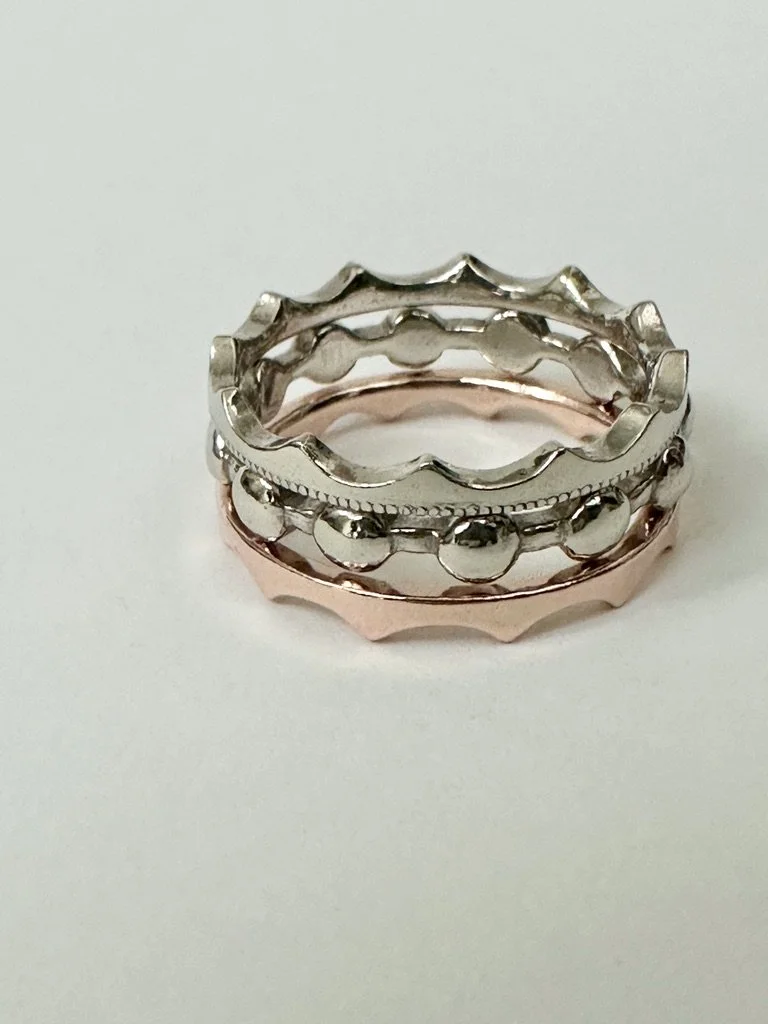
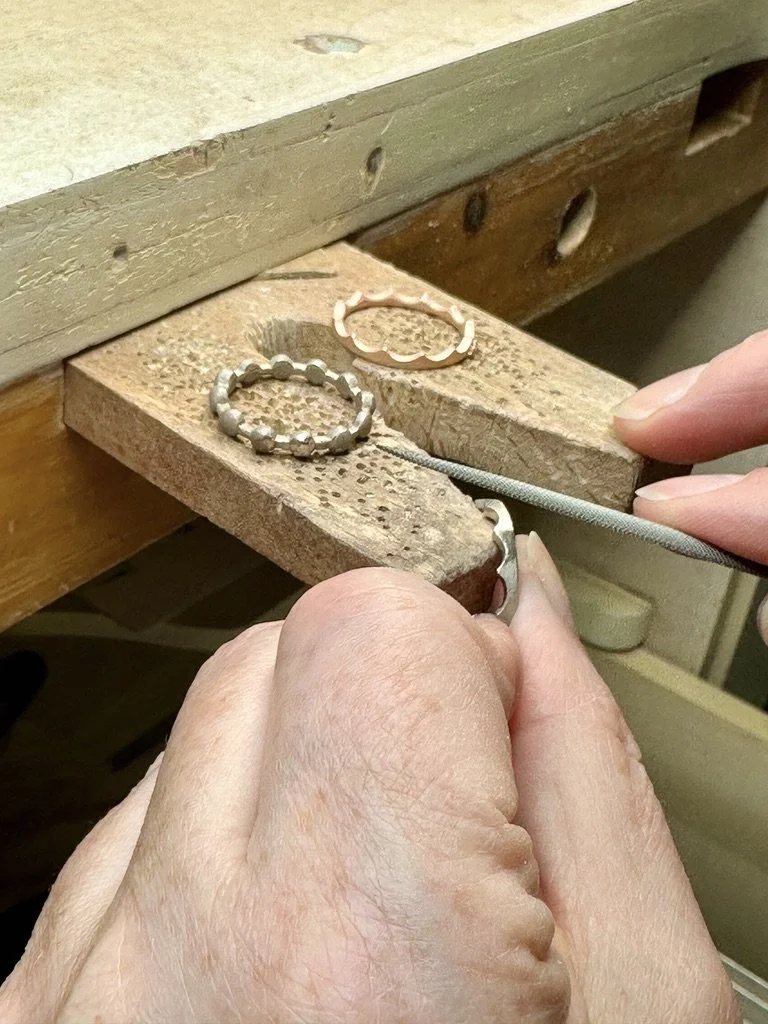

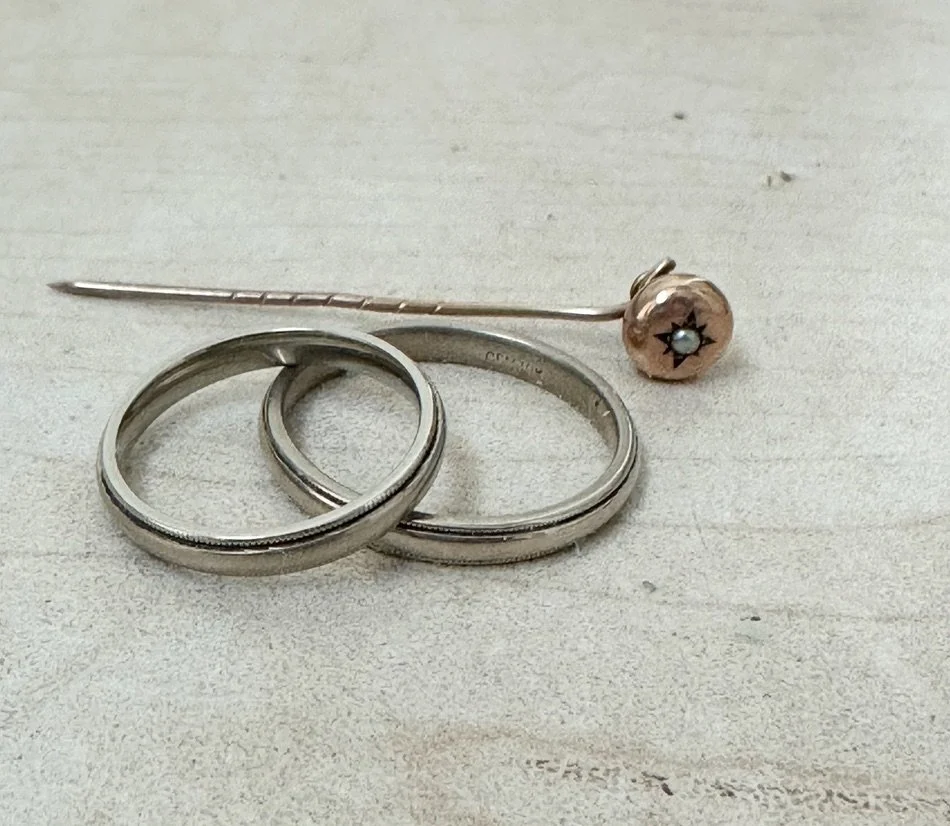
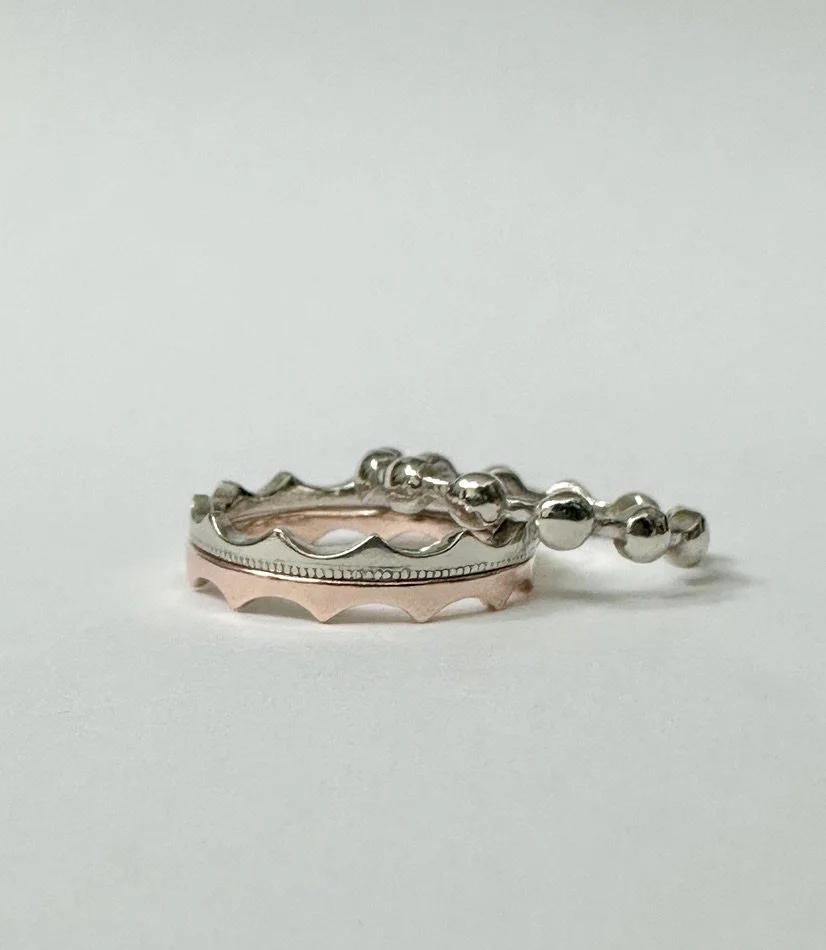

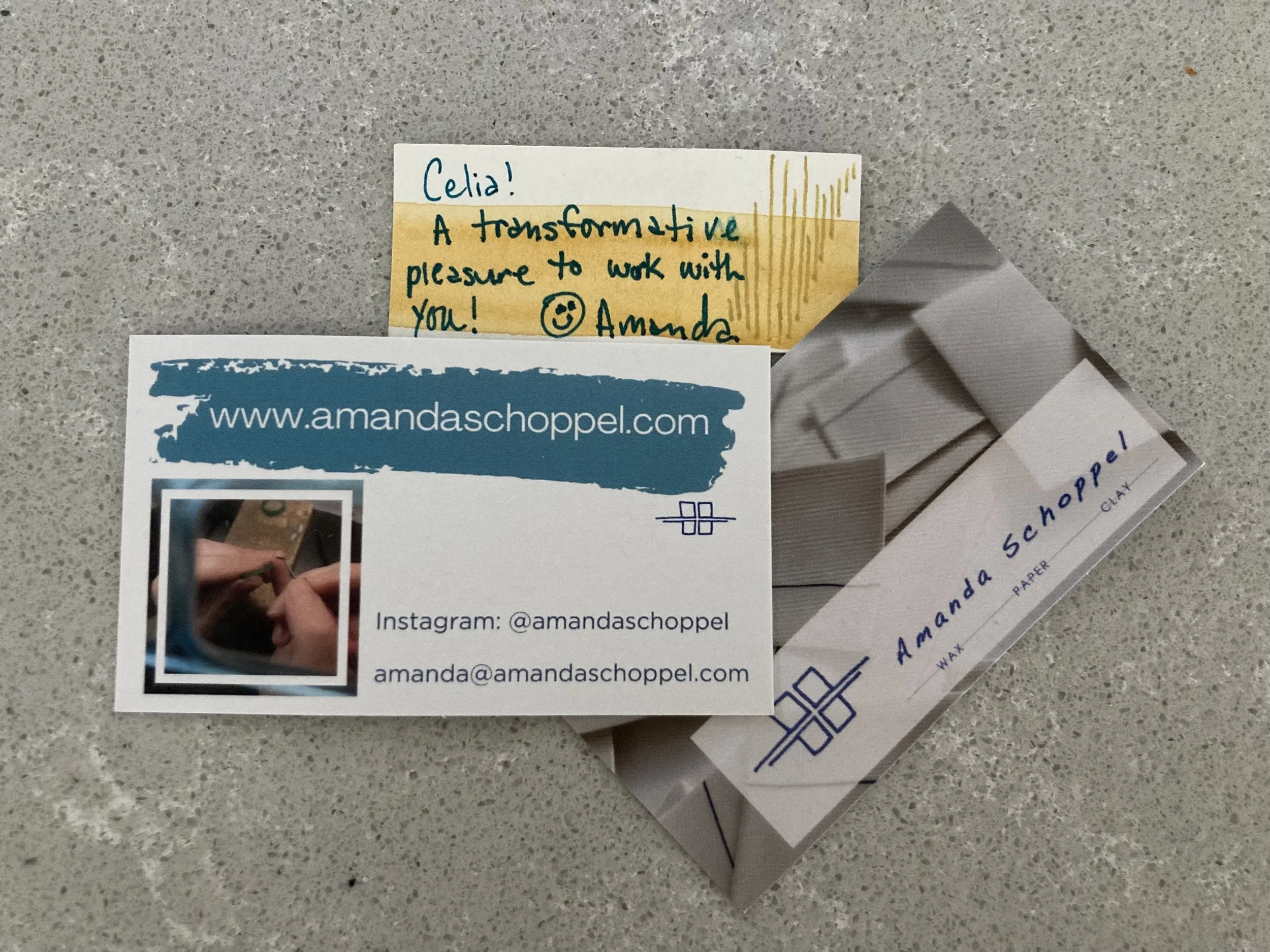
If you like what you’re reading, there is no greater compliment than to become a subscriber. Sign up below with your email address to receive an email with my weekly blog.
